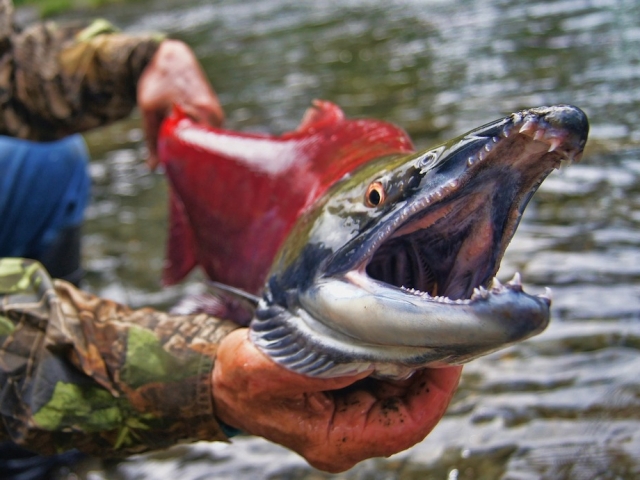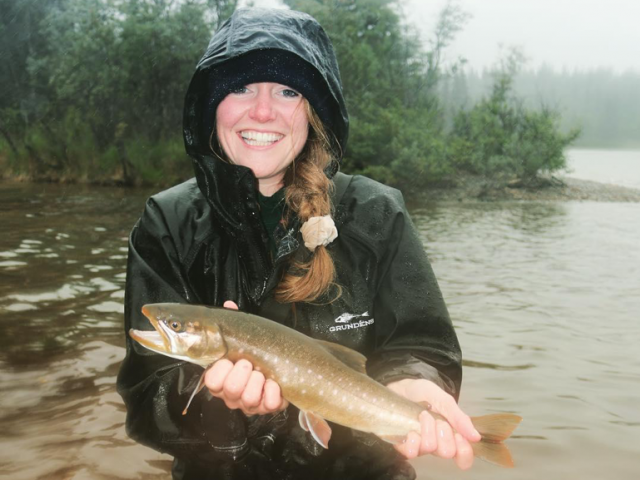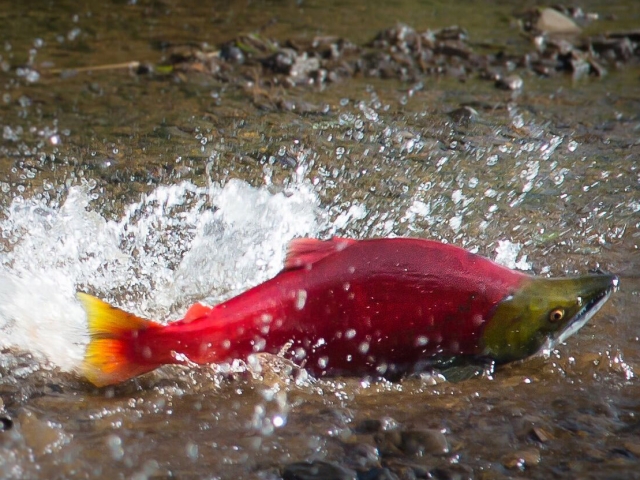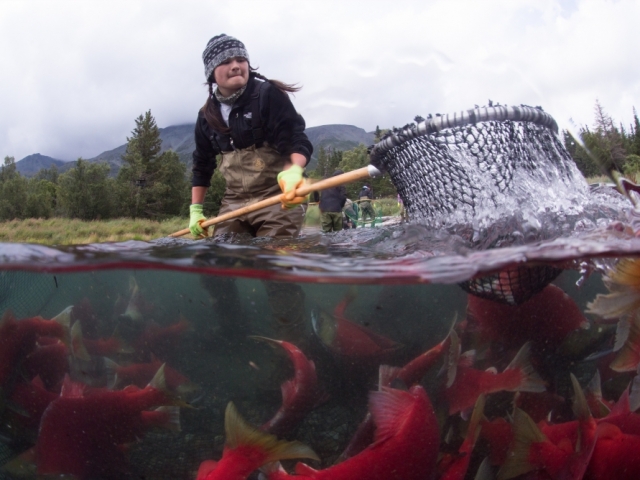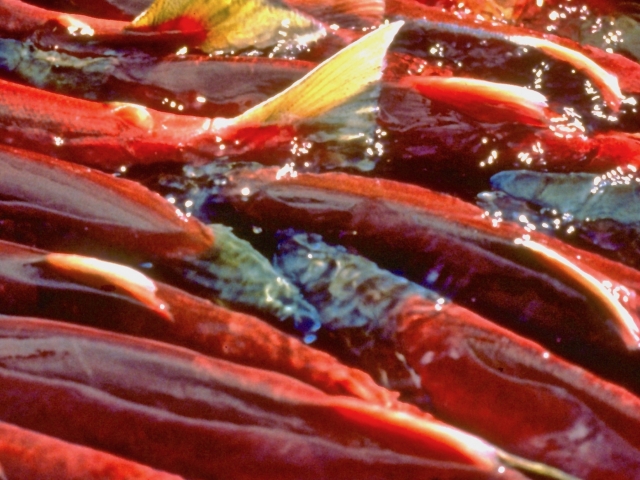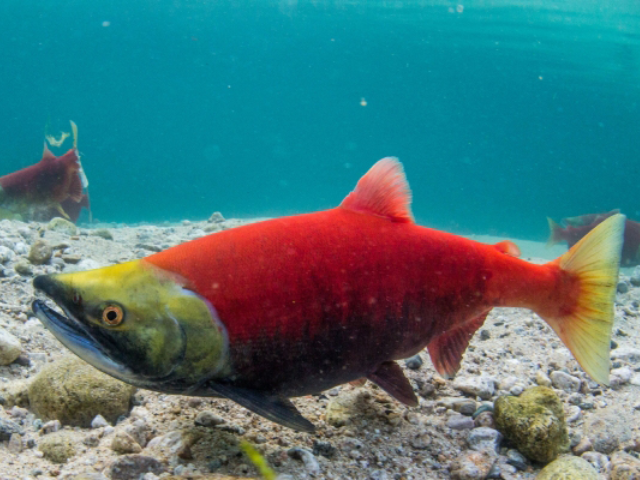State of Alaska's Salmon and People Project
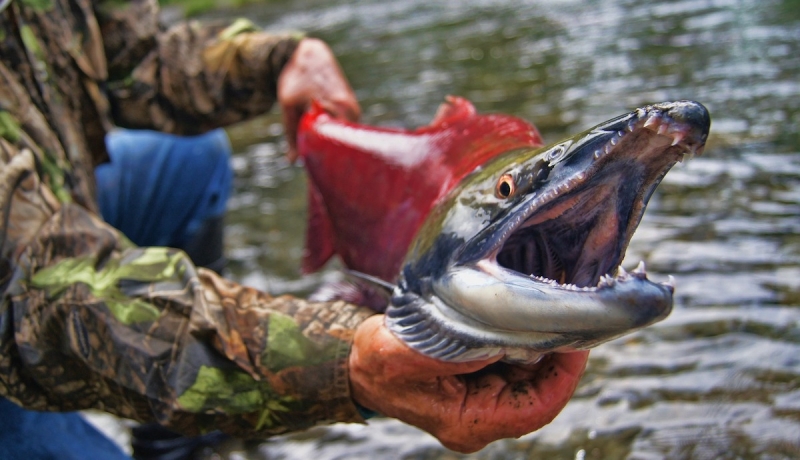
Alaska has some of the world’s largest intact wild salmon systems. They play a vital role in the state’s diverse economies and cultures, and their persistence reflects a long tradition of stewardship.
However, global forces such as climate change and ocean acidification, as well as local development pressures, are threatening salmon and the livelihoods of the people who depend on them.
The State of Alaska’s Salmon and People (SASAP) project was a partnership between NCEAS and Anchorage-based Nautilus Impact Investing to create an equitable decision-making platform for salmon management through information synthesis, collaboration, and stakeholder engagement.
The project sought to address the need for accessible, up-to-date, and complete information about salmon and the factors shaping their future. It convened eight collaborative working groups consisting of leading experts at the University of Alaska and other universities, local indigenous leaders, and specialists across resource sectors – an intentional integration of western scientific perspectives and indigenous knowledge.
Together, they are developing one of the most comprehensive understandings of Alaska’s salmon and people today, as well as what they’ll need to thrive into the future.
Working Groups
Synthesis Working Groups
These groups sought an up-to-date understanding of the state of Alaska’s salmon and the communities who rely on them. Links take you to the SASAP website.
- Salmon Distribution and Habitat
- Economic Dimensions of Salmon Systems
- Sociocultural Dimensions of Salmon Systems
- Governance and Management of Salmon
Special Topic Working Groups
These groups focused on specific threats to salmon and salmon-dependent human communities and options for mitigating them. Links take you to the SASAP website.
The State of Alaska's Salmon and People is generously funded by a grant from the Gordon and Betty Moore Foundation.

